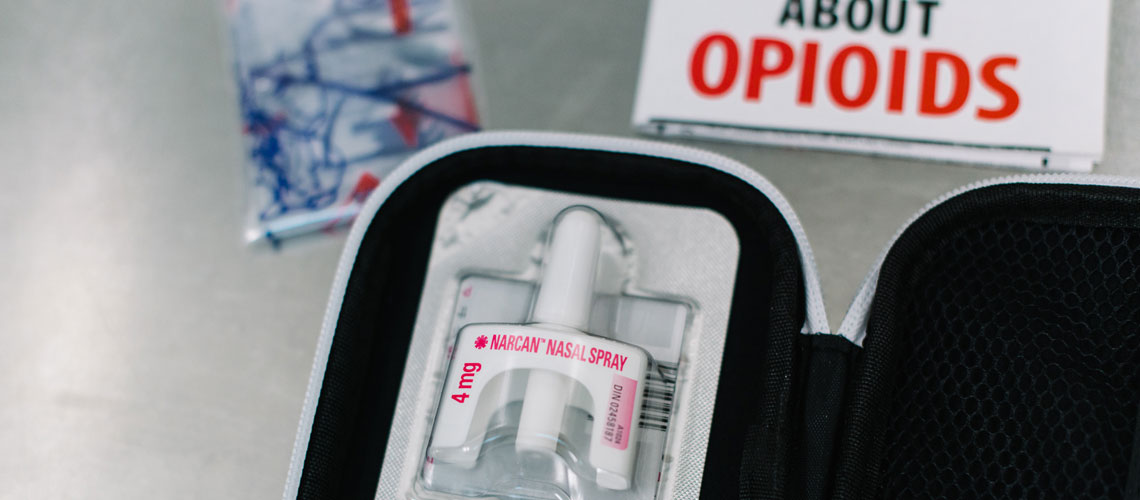
The opioid crisis continues in full force, with recent data showing young people to be most at risk of opioid deaths. But places where youth live, study and party – college and university campuses – have been slow to respond, due to stigma and liability concerns. Now, nurses and other harm reduction advocates across Ontario are calling on all post-secondary institutions to treat naloxone the same way they would epinephrine auto-injectors and automated external defibrillators (AEDs): as a lifesaving tool that requires widespread availability and training.
From 2013 to 2017, opioid-related hospitalizations across the country increased by 53 per cent among young adults aged 15 to 24, according to data from the Canadian Institute for Health Information. A study published last year in the Journal of Addiction Medicine found that, in 2015, more than one in nine deaths among 15- to 24-year-olds were opioid-related – up from one in 15 deaths five years earlier.
Nationally, hospitalizations due to opioid poisoning increased by 53 per cent among teens and young adults aged 15 to 24 (2013 to 2017).
Source: Canadian Institute for Health Information
RNJ ACCESS
You are only one quick step away from full access to all RNJ content.
Already an RNAO member? Log in
